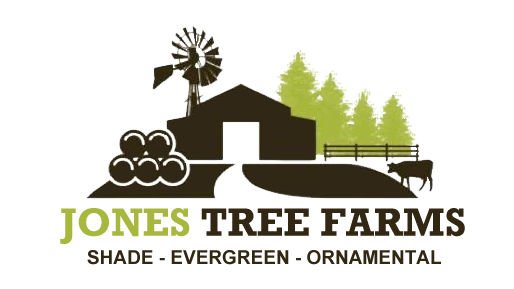Blog
-
Posted by Super User
American arborvitae is a native to North America. This tree has become one of the most widely distributed of all conifers in culture and is grown in temperate climates throughout the world. It has given rise to innumerable varieties of various shades and forms.
This tree shows a narrow columnar form in youth, eventually broadening to conical at maturity. It is extremely slow-growing, especially under dry conditions, although it can eventually reach 40 feet in height. The bark is attractive and reddish brown but is only noticeable on mature plants, since young ones are clothed in foliage right to their base. Its persistent leaves are scalelike, forming flattened, horizontal sprays. They are dark green in the summer in the species, turning brownish green in the winter. Most selected forms, however, retain their green coloration all winter. The small cones are of little decorative use.
The American arborvitae is easily transplanted and grows in a wide range of soils, from moist to quite dry and acid to alkaline. It does best in full sun and should be watered regularly during periods of drought. This tree needs a humid atmosphere, so it is a poor choice for areas with dry summers.
The tree is often used as a hedge or windbreak and can be pruned as needed. It is a good accent plant and has been widely used as a foundation plant.
-
Posted by Super User
The Ponderosa pine or western yellow pine, may have the most well-known name of any tree. It rings a bell with millions of people world wide who may not have seen the tree or even known it is a pine. But it was made famous by the popular television show Bonanza. Ponderosa is Spanish for ponderous (heavy, enormous), a name given for the tree's huge size at maturity.
This western pine bears bundles of two to three persistent needles from 5 to 11 inches long. They are an attractive yellow-green. The ponderosa pine grows as a narrow pyramid when young, then develops a bare trunk with a cluster of branches at the tip forming a cone or flat-topped crown. It reaches more than 100 feet in ideal conditions.
This pine is easily transplanted and prefers a deep, moist, well-drained loam. It needs full sun and is tolerant of alkaline soils.
-
Posted by Super User
Eastern red cedar tree is the common upright juniper of North America. It is a highly variable plant, but always forms a relatively conical silhouette of up to 50 feet. Many choice selections are popular in landscaping.
The species generally has dark green, scalelike needles that persist throughout the year, although they may take on a reddish tinge in winter. Cultivated forms have been selected that remain the same shade year-round. The berries, borne on female plants only, are blue. The attractive reddish bark, peeling off in long strips, is most visible on mature specimens.
The eastern red cedar requires full sun to grow well and prefers rich, moist, well-draining soils. It is, however, surprisingly adaptable and will even thrive on poor, gravelly soils. It appears to do equally well in acid or moderately alkaline soils. The plant can be pruned as needed.
This tree offers a wide range of uses. It is most popular as a columnar tree for landscape planting, but is also excellent for hedges and screens, even for topiary. It is also quite tolerant of all conditions. The wood is highly valued for its rich red color and fragrance.
